Hajj is one of the five pillars of Islam and all Muslims must perform it at least once in their lifetime if they are physically and financially able. For pilgrims, it is a profound spiritual experience that helps cleanse them of their sins...
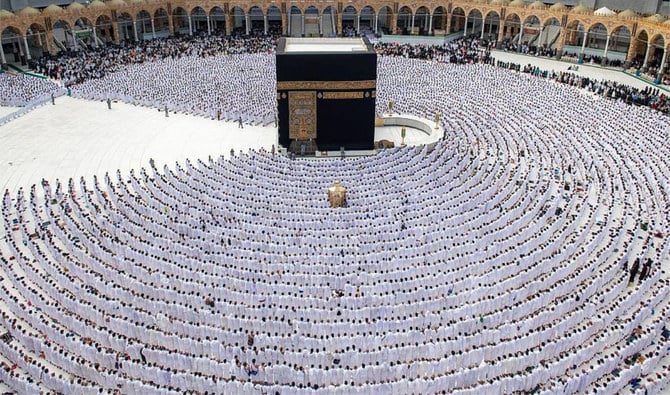
Image of Muslims performing rituals in Mecca during the Hajj. Photo: AN
Authorities have invested billions of dollars in modern infrastructure, but the Hajj is still sometimes marred by unexpected tragedies. In 2015, more than 2,400 pilgrims died in a stampede.
History of the Hajj pilgrimage
The pilgrimage attracts Muslims from around the world to the holy city of Mecca in Saudi Arabia, where they follow in the footsteps of the Prophet Muhammad and retrace the journeys of Ibrahim and Ismail.
In the Quran, Ibrahim is called upon to sacrifice his son Ismail as a test of faith, but God saves him at the last moment. Ibrahim and Ismail are later said to have built the Kaaba together.
The Kaaba was originally a center of polytheistic worship for pagan Arabs until the advent of Islam in the 7th century, when the Prophet Muhammad began the Hajj pilgrimage.
Muslims do not worship the Kaaba, but consider it their holiest site and a powerful symbol of unity. No matter where they are in the world, Muslims must face the Kaaba during their daily prayers. The Hajj pilgrimage has been held every year since, even in times of war, plague, and other turmoil.
During the Middle Ages, Muslim rulers organized large caravans with armed escorts, setting out from Cairo, Damascus, and other cities. It was an arduous journey through deserts where Bedouin tribes raided and pillaged. One infamous Bedouin raid in 1757 wiped out an entire Hajj pilgrim caravan, killing thousands.
In 2020, when the Covid-19 pandemic broke out, Saudi Arabia limited the pilgrimage to a few thousand worshippers and local residents.
How do Muslims prepare for Hajj?
Some pilgrims spend their entire lives saving for the journey. They also have to wait years before receiving a “pilgrimage permit.” These permits are distributed to countries by Saudi Arabia on a quota system. Travel agencies offer packages, and charities also assist pilgrims in need.
Pilgrims begin by entering a state of spiritual purity known as “ihram.” Women remove makeup and cover their hair, while men don loose-fitting garments. The garments are not allowed to have patterns, a rule intended to promote unity between rich and poor.
Pilgrims are forbidden to cut their hair, nails or have sex while in the state of ihram. They are not allowed to argue or fight.
Many Muslims also visit Medina, where the Prophet Muhammad was buried and where he built the first mosque, before going to Mecca.
How does the Hajj take place?
The Hajj begins with Muslims circling the Kaaba in Mecca counterclockwise seven times while reciting prayers. They then walk between two hills to reenact the scene of Hagar searching for water for her son, Ismail. This takes place inside Mecca's Grand Mosque.
The next day, pilgrims head to Mount Arafat, about 20 kilometers east of Mecca, where the Prophet Muhammad delivered his last sermon. There, they stand in prayer all day long, asking God to forgive their sins.
At sunset, pilgrims walk or take buses to an area called Muzdalifa. They collect pebbles to be used in the stoning ritual the next day in the Mina Valley, where Muslims believe Ibrahim was tempted to disobey God's command. Pilgrims spend several nights in Mina.
The pilgrimage ends with a final circumambulation of the Kaaba. Men typically shave their heads and women cut off a lock of their hair, signaling a renewal. Many participants receive the title “hajj” or “hajja,” a high honor in the Muslim community.
The final days of the Hajj coincide with the festival of sacrifice, Eid al-Adha, a joyous occasion celebrated by Muslims around the world to commemorate Ibrahim's testing of faith. During the three days of Eid, Muslims slaughter livestock and distribute the meat to the poor.
Quoc Thien (according to AP)
Source


![[Photo] The 9th Vietnam-China Border Defense Friendship Exchange](https://vstatic.vietnam.vn/vietnam/resource/IMAGE/2025/4/16/10e73e2e0b344c0888ad6df3909b8cca)

![[Photo] Opening of the Exhibition on Green Growth](https://vstatic.vietnam.vn/vietnam/resource/IMAGE/2025/4/16/253372a4bb6e4138b6f308bc5c63fd51)
![[Photo] General Secretary To Lam gave a speech at the National Conference to disseminate the Resolution of the 11th Central Conference, 13th tenure.](https://vstatic.vietnam.vn/vietnam/resource/IMAGE/2025/4/16/04e0587ea84b43588d2c96614d672a9c)
![[Photo] Prime Minister Pham Minh Chinh receives Cambodian Deputy Prime Minister Neth Savoeun](https://vstatic.vietnam.vn/vietnam/resource/IMAGE/2025/4/16/e3dc78ec4b844a7385f6984f1df10e7b)
![[Photo] President Luong Cuong meets 100 typical examples of the Deeds of Kindness Program](https://vstatic.vietnam.vn/vietnam/resource/IMAGE/2025/4/16/ce8300edfa7e4afbb3d6da8f2172d580)





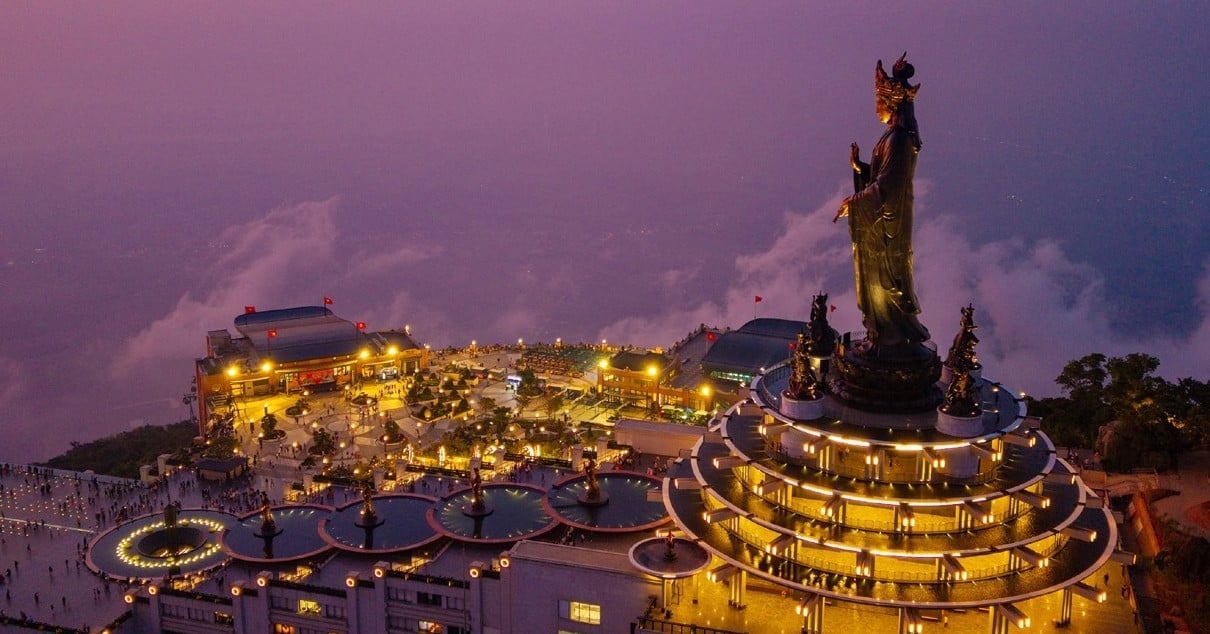














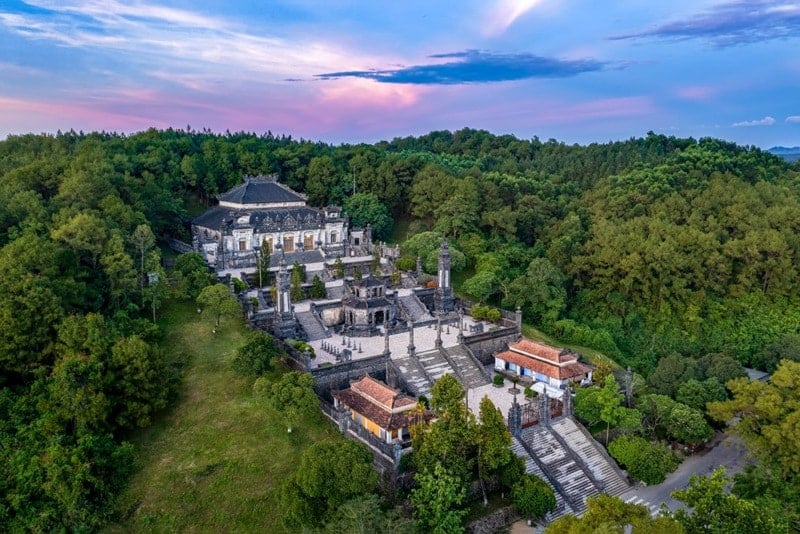

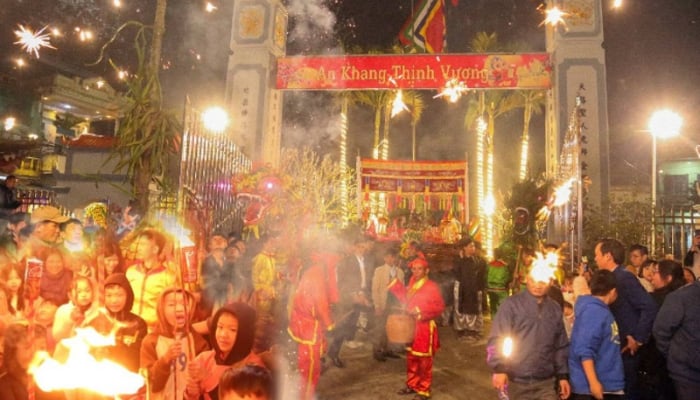
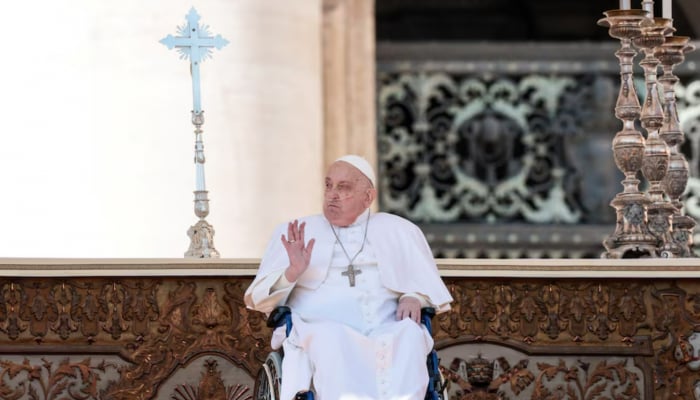




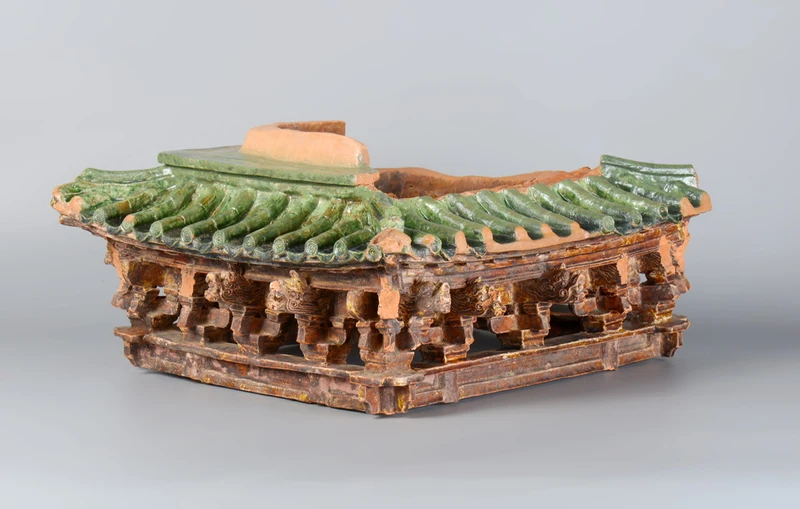





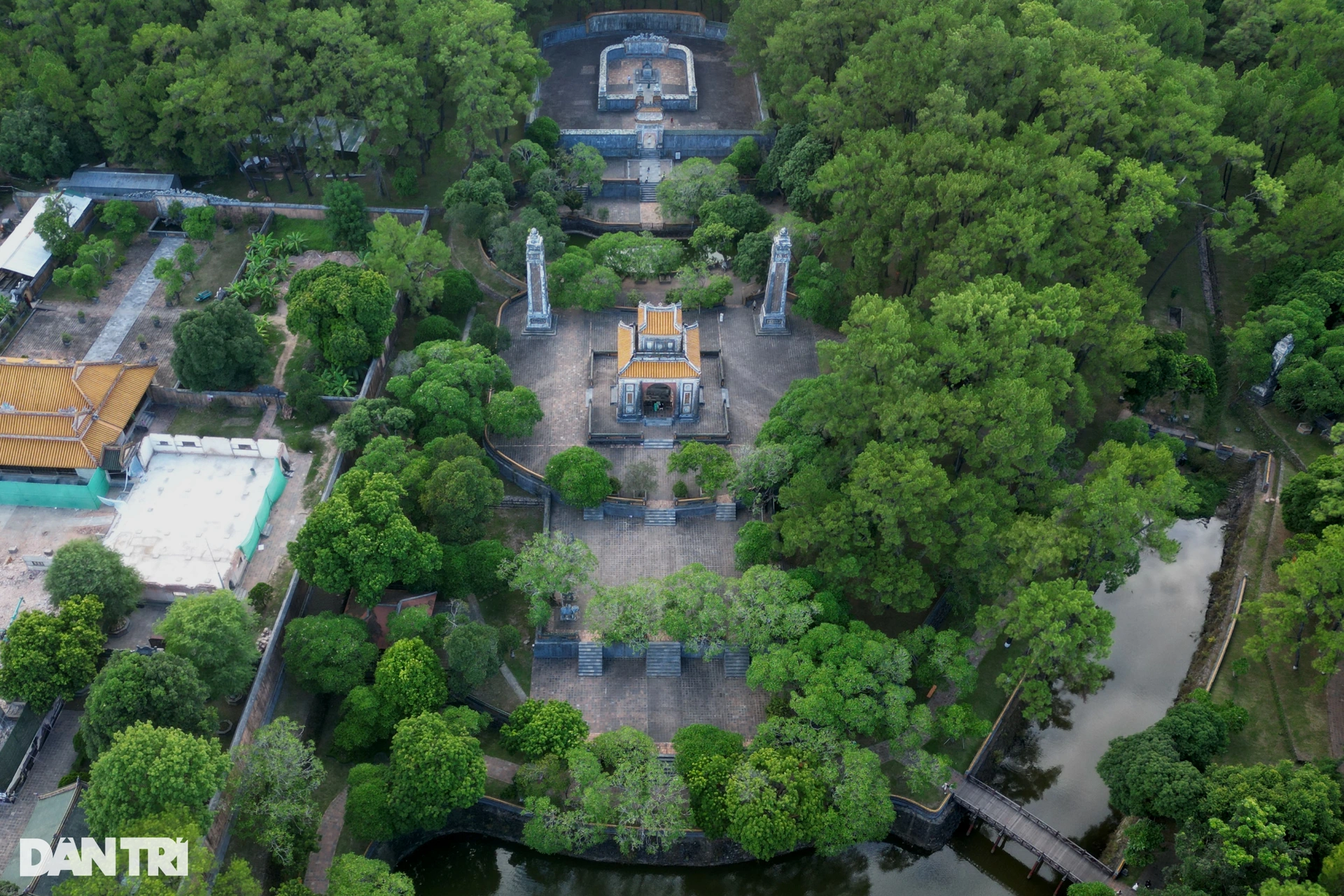







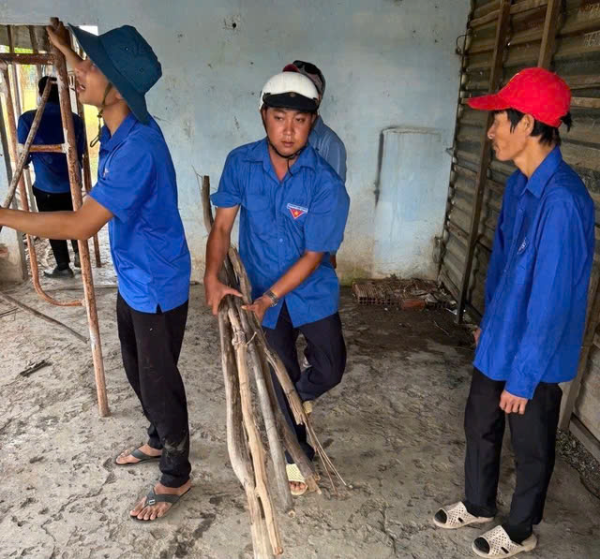



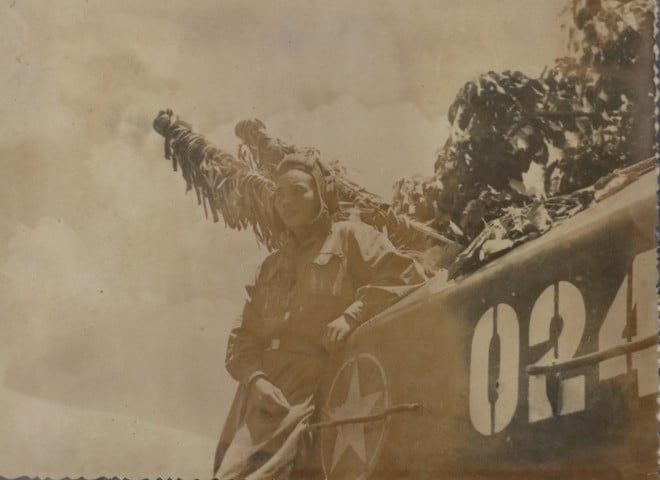
















































Comment (0)